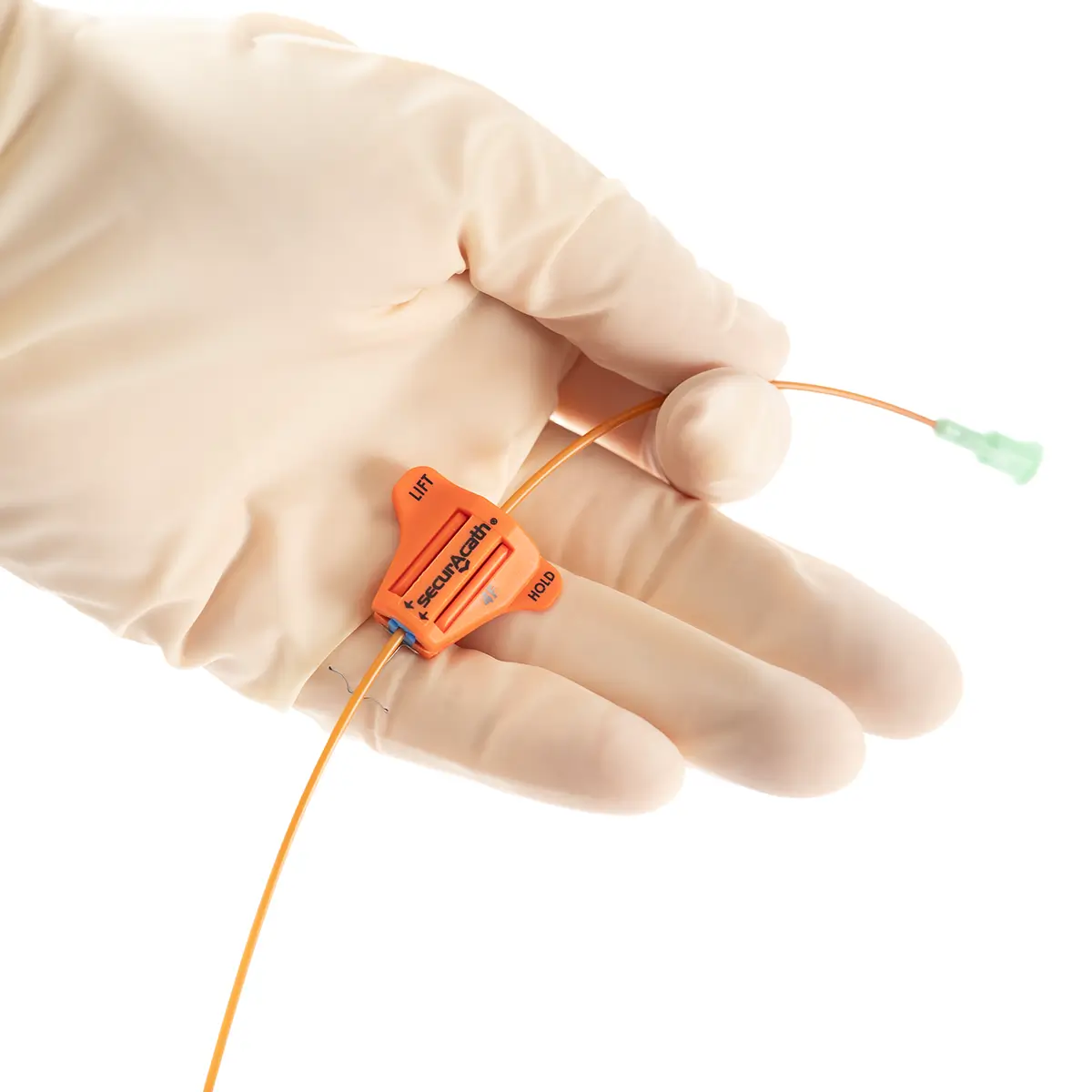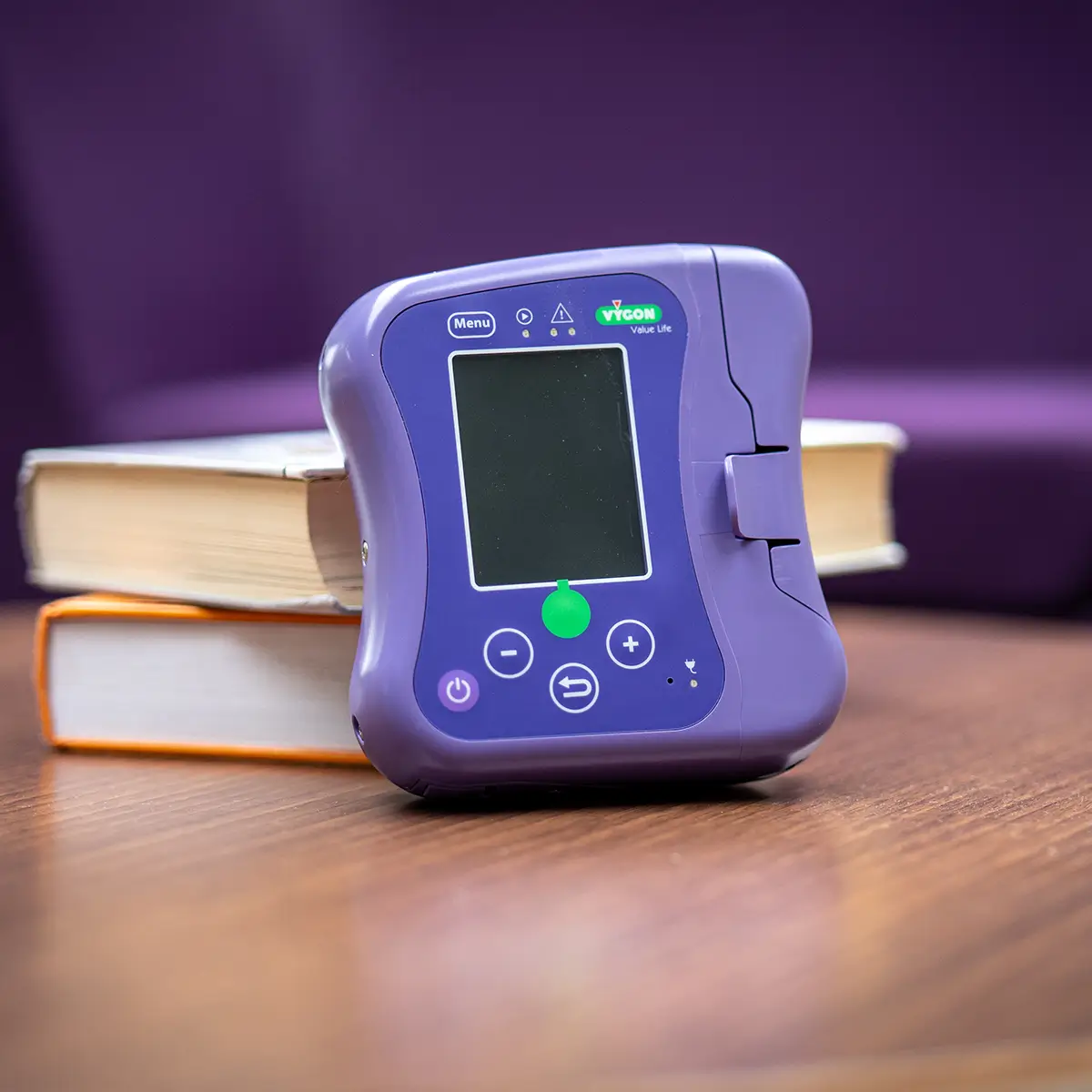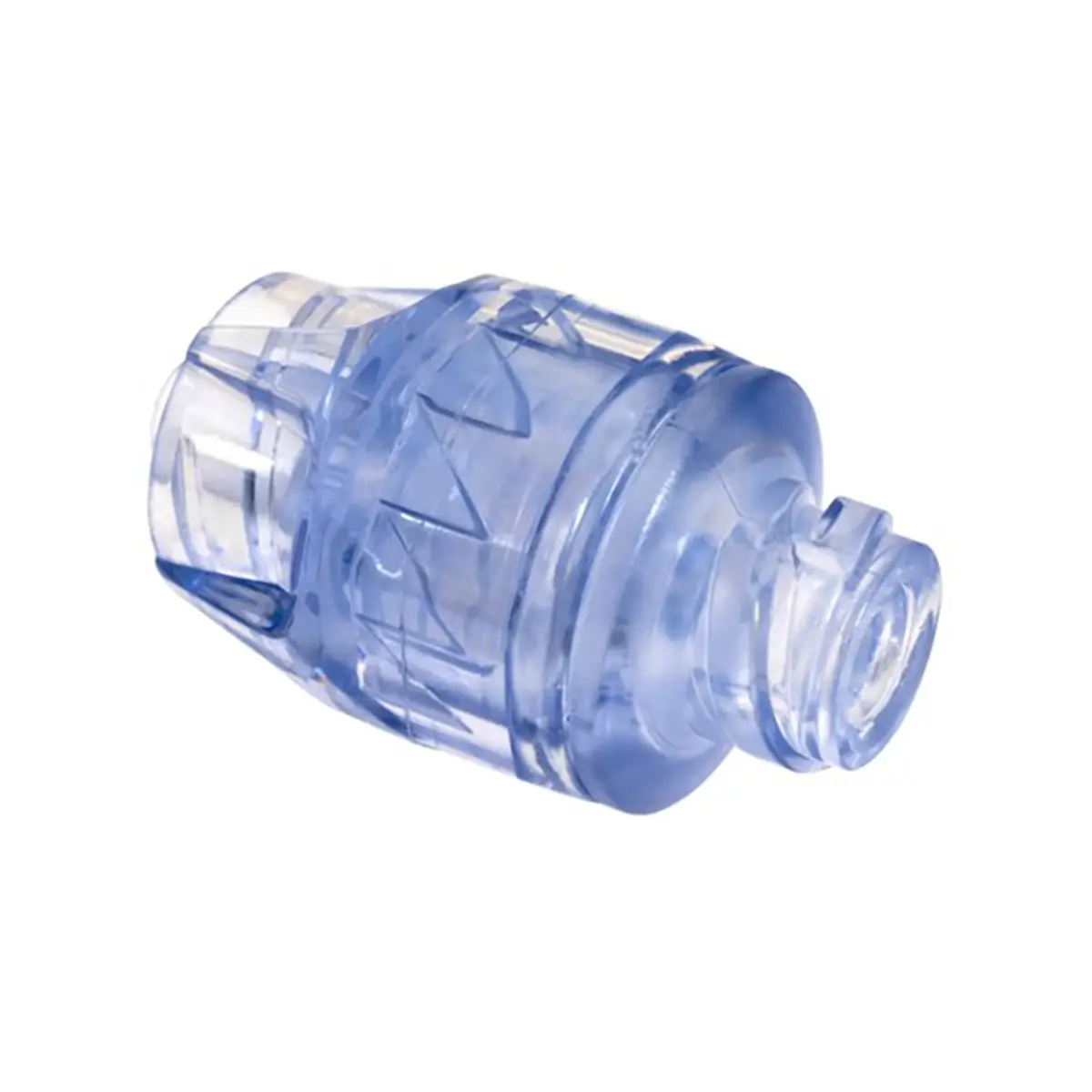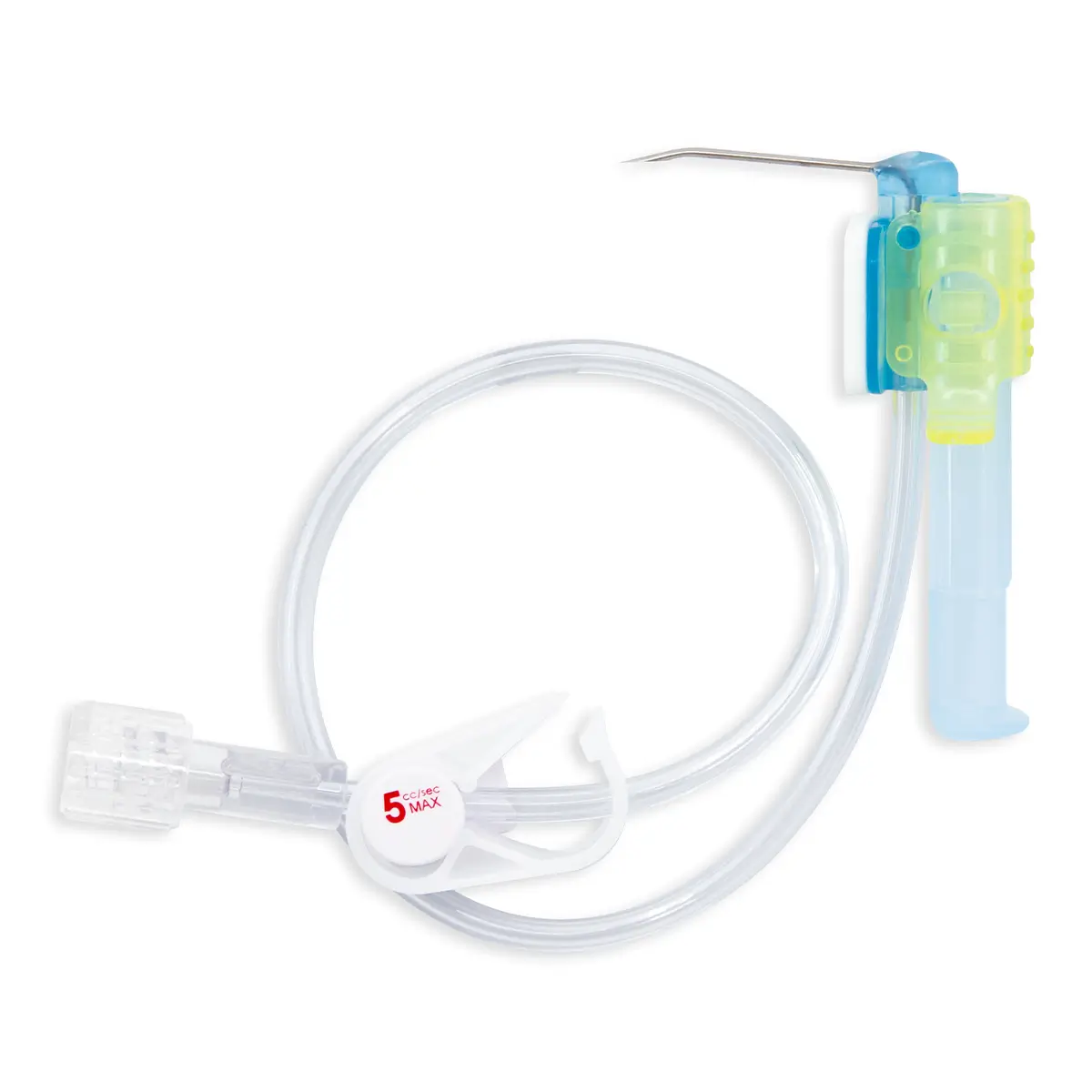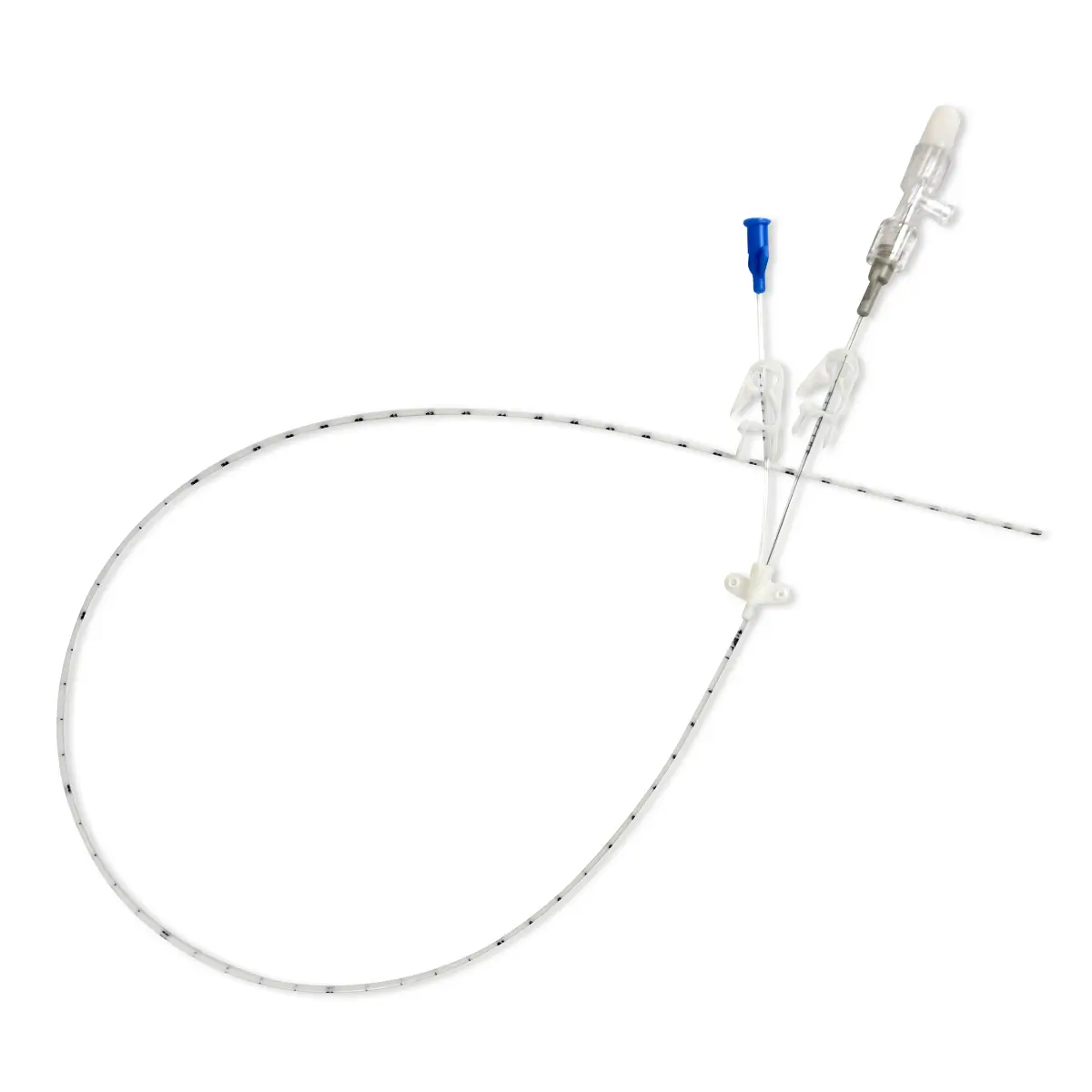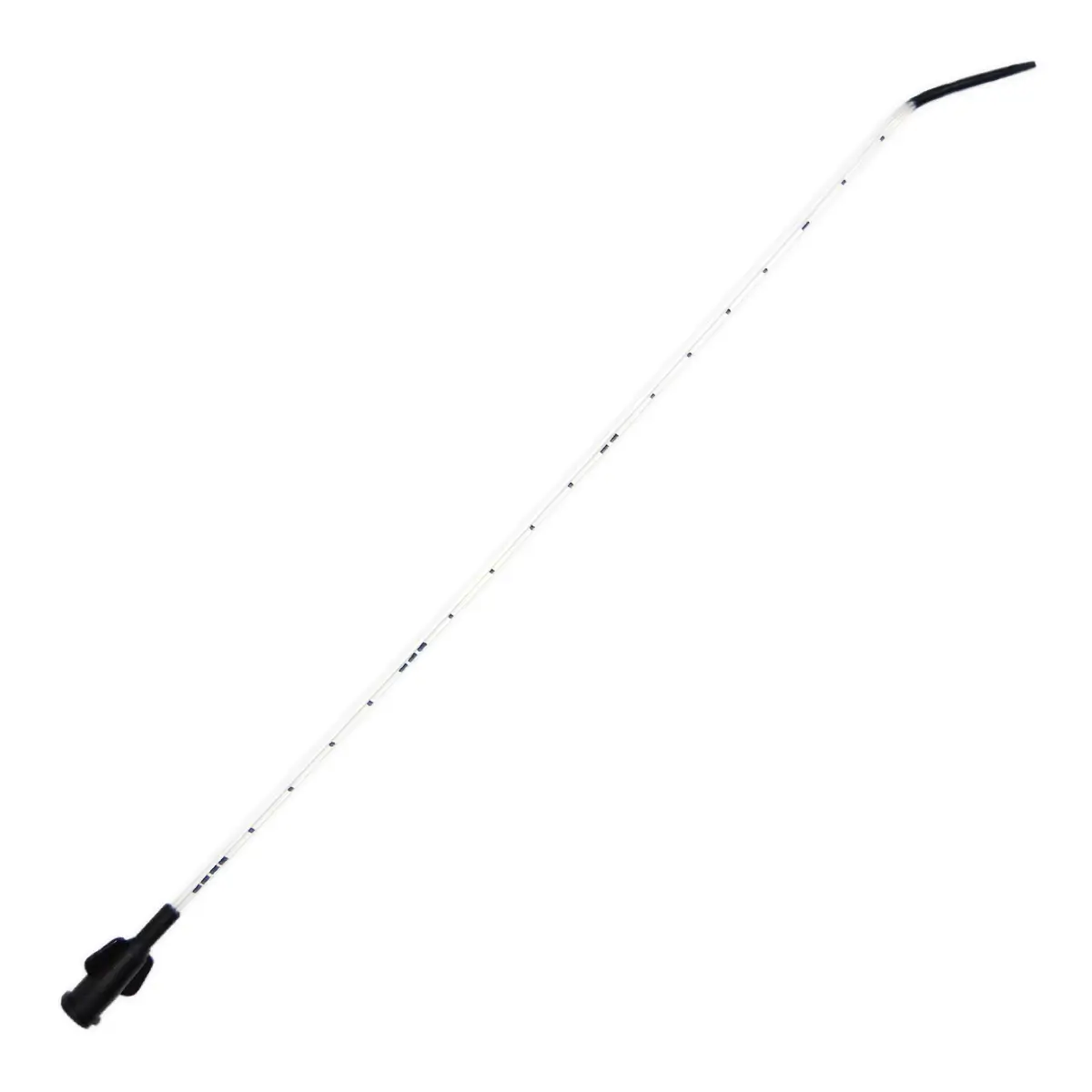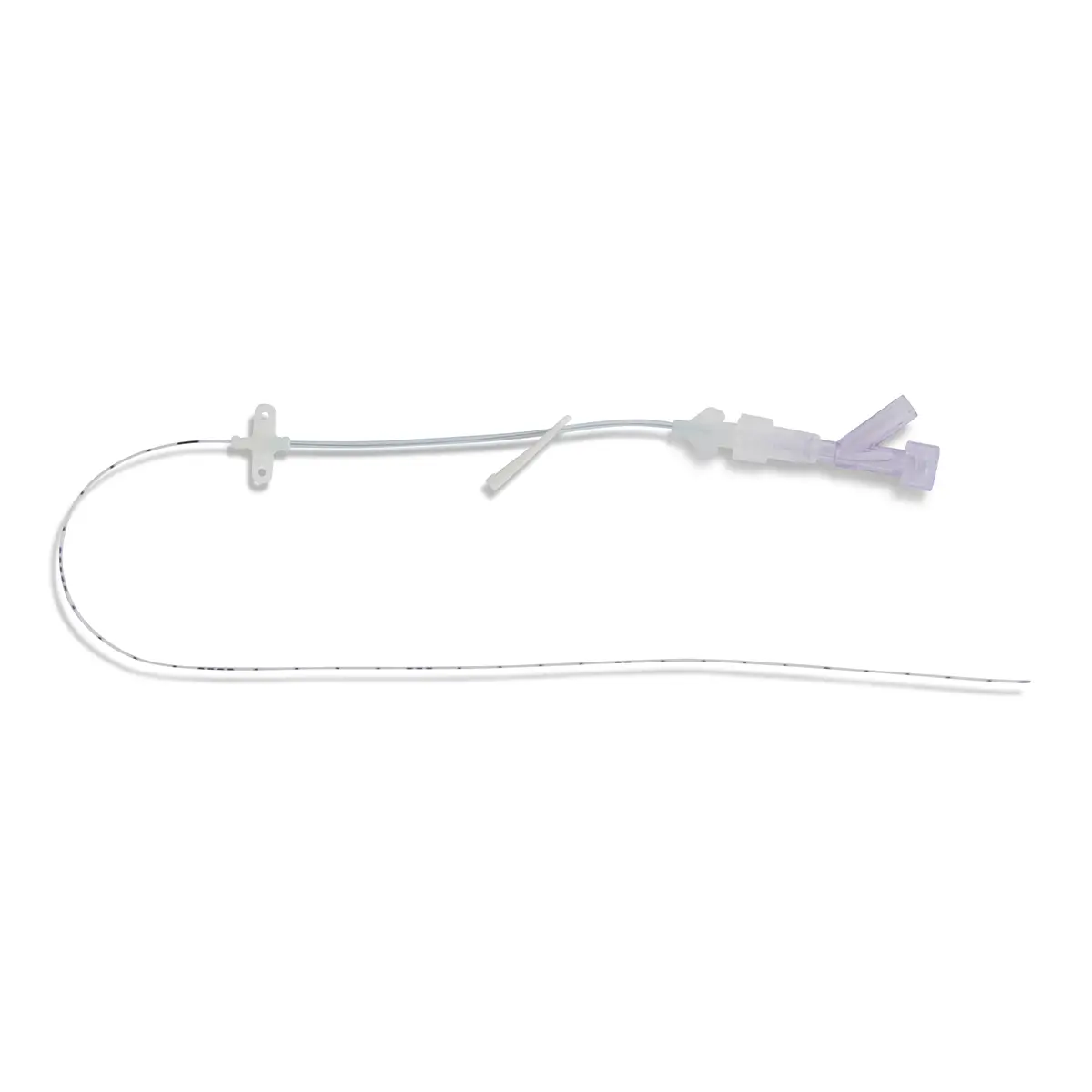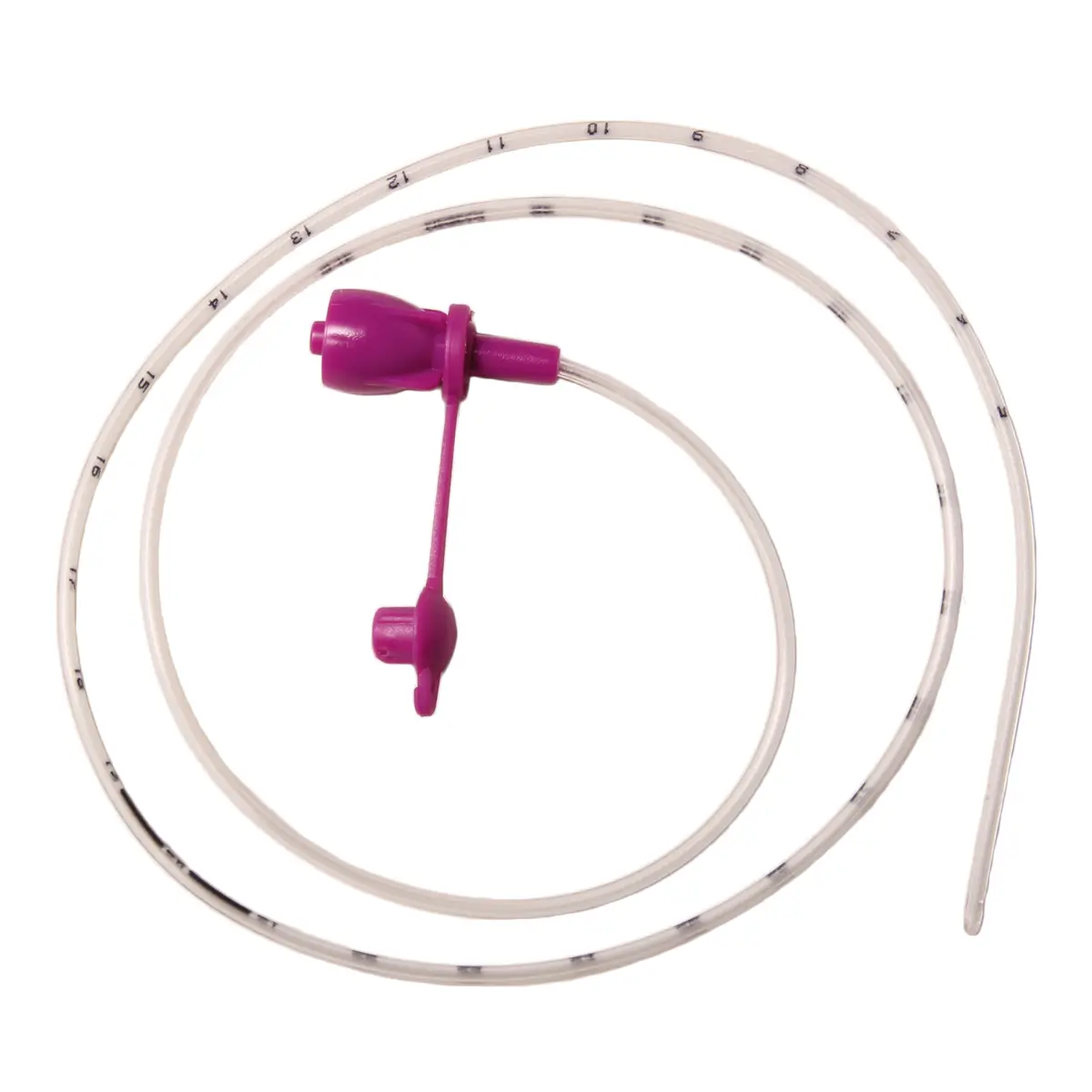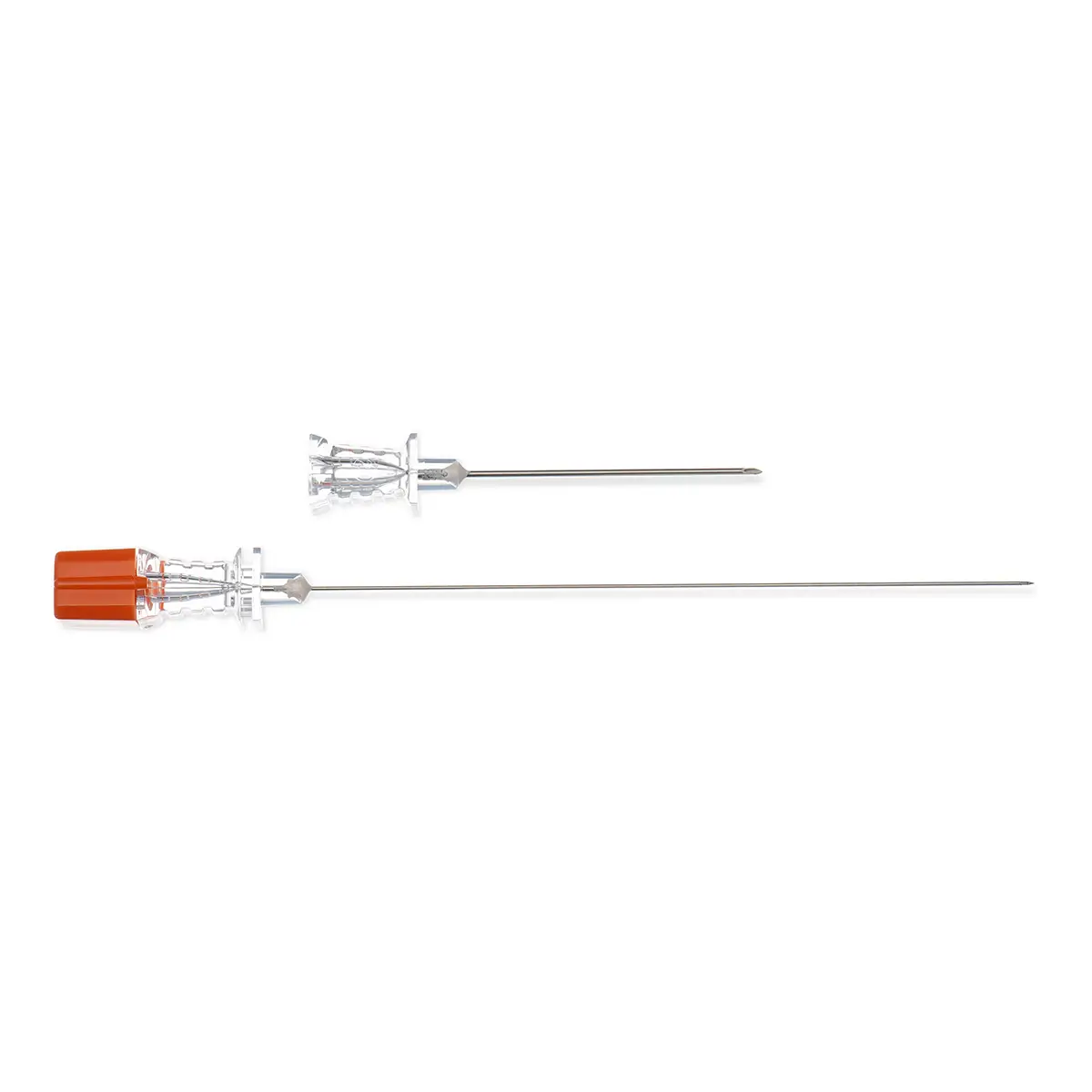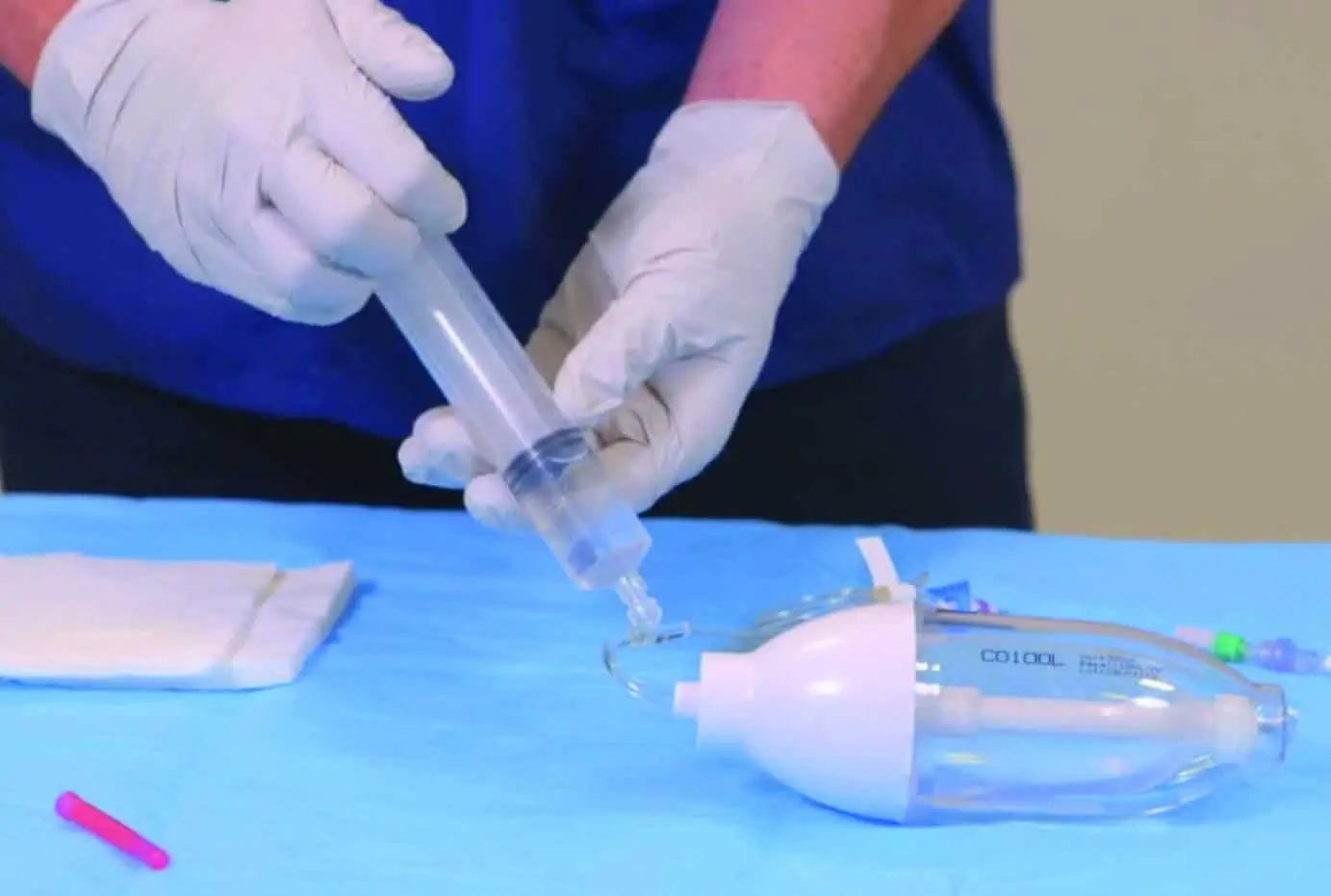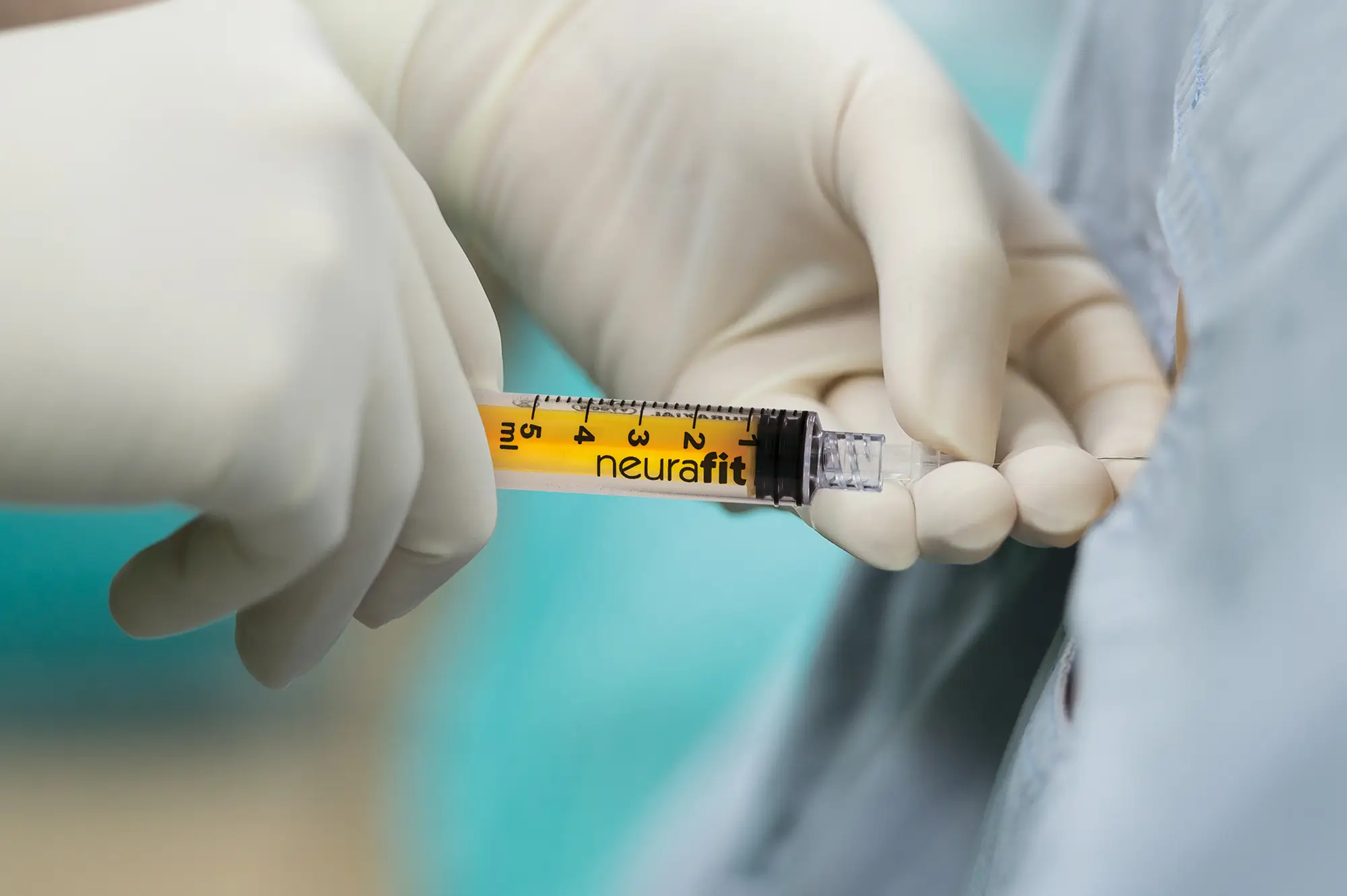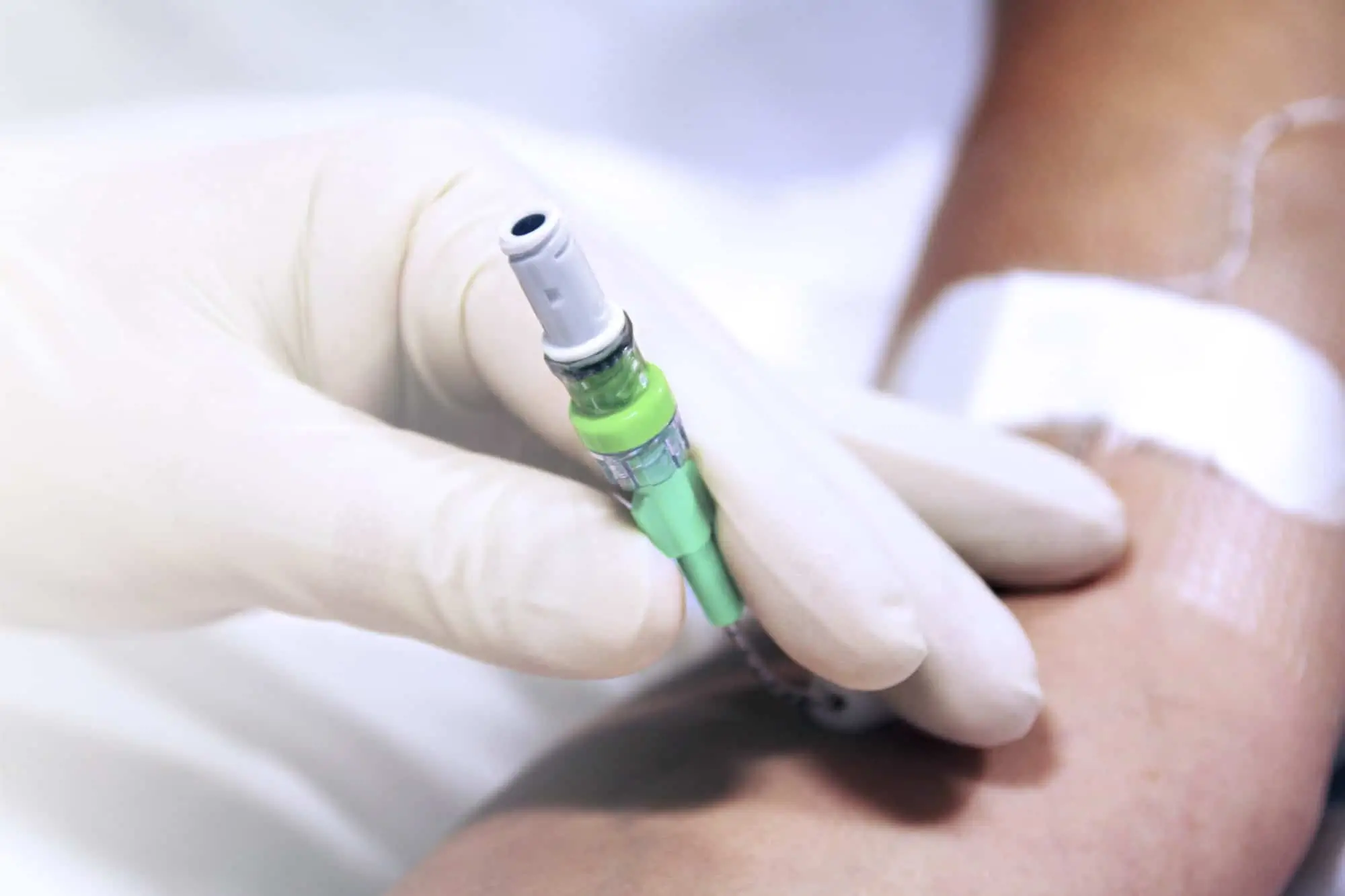Put your trust in Vygon’s Needle-Free Devices
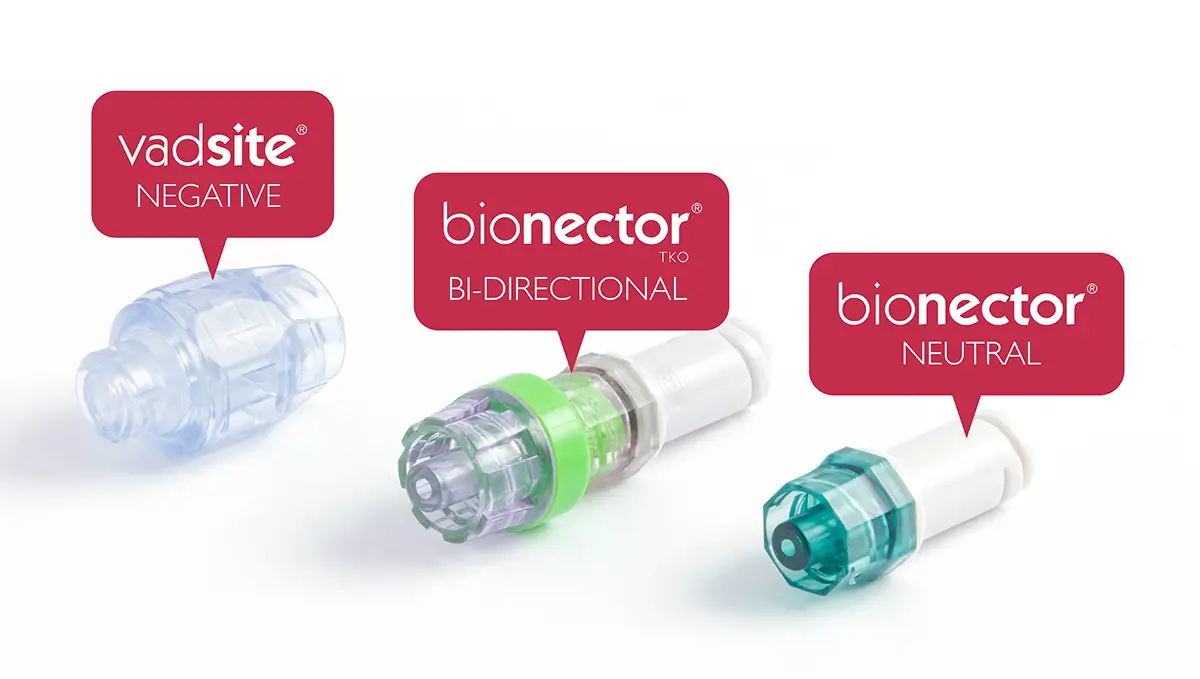
Using needle-Free Devices (NFDs) for vascular access plays a key role in helping patients avoid Catheter Related Blood Stream Infections (CRBSIs) and combatting problems associated with catheter occlusions.
Without the need to unblock or replace occluded catheters, patient care is improved as trouble-free lines mean clinicians can focus on the delivery of treatment on time as planned.
As your trusted NFD partner, Vygon offers a range of solutions to suit both varying clinical needs and budgets.
Vadsite is the cost-effective clear, split septum needle-free device for low-risk peripheral lines with a short dwell time. Incorporating negative displacement, Vadsite combines a fixed, straight fluid pathway with glass syringe compatibility.
Bionector is the market-leading neutral displacement NFD for PICCs, midlines and peripheral lines. Regarded by many as an excellent example of best clinical practice, some hospitals use Bionector as the standard and consistent means of accessing all vascular access devices to reduce the risk of reflux at the end of the catheter, occlusion, infection and needlestick injuries.
Bionector TKO combines the needle-free access benefits of Bionector with a pressure activated bi-directional valve to eliminate catheter tip reflux and catheter occlusions. Designed for patients with high risk of persistent withdrawal occlusion or total occlusions on CVCs, PICCs and midlines, Bionector TKO is particularly suited to critical care and ICU patients. Plus those with long-term lines such as those used for Total Parenteral Nutrition (TPN).
TKO’s internal valve opens on injection and infusion. If the pressure is too low (such as the IV bag running dry), the valve closes protecting the patient by preventing blood reflux. The internal valve opens under a withdrawal pressure of 7.0psi. If venous pressure changes occur, the internal valve stays closed, preventing reflux at the catheter tip.
Bionector TKO can stay in place for seven days and can be used with power injectors (for CT-scans) up to a pressure resistance of 350 psi.
At the Burton Hospitals NHS Trust, introducing Bionector TKO on midline catheters helped the IV Access Team reduce the rate of catheter blockages by more than 80%.
The results were achieved whilst also increasing the number of lines inserted as well as lengthening the dwell time.
As a Trust, Burton provides a range of health services to a population of more than 360,000 across South Staffordshire, South Derbyshire and North West Leicestershire. The IV team converted to TKO in 2012 as they sought to bring down the blockage rate in their Midlines.
In 2011 there were 50 occlusions in 154 lines inserted at Burton but by 2014, after the introduction of TKO the year before, there were just nine blockages in 219 lines.
Before using TKO the longest a catheter remained in place for 30 days. In 2016, the team achieved 53 days.
The ongoing problems with blockages meant that valuable clinical time was spent flushing or replacing lines as well as causing distress to patients. The occlusion rate also meant that patients couldn’t always receive their treatment at home and so had to stay in hospital to get their IV medication.
Bill Scroggs, Senior ODP and Midline/IV Access Team Leader, had tried various options including duck bill valves. They delivered reliable backflow prevention but they couldn’t maintain the positive pressure to prevent catheter tip occlusion.
Bionector TKO benefits from bi-directional flow so that it can withstand venous pressure to stay closed between accesses but opens up easy under forces exerted during injection or aspiration. As soon as it was introduced, Bill and his team noticed a difference.
“We really wanted to help as many people as possible get back home to receive their treatment rather than sitting in a hospital bed,” explained Bill.
“TKO has helped us achieve that and, at the same time we’ve brought down the blockage rate, we have increased the number of lines inserted. Dwell time has also gone up from an average of five days to between eight and nine.
“Also, as an exception,
we keep the lines in for longer and we have extended our maximum dwell time too to 53 days.”
The successful implementation of TKO at Burton was achieved with the help of Deborah Eaglefield, Lead Nurse Practice Development. To ensure the technology worked properly, the clinical team had to change their practices and make sure that the TKO valve (and only the TKO valve) was left on the line.
Education has been particularly important for the Doctors working on rotation. Vygon has helped with this process by providing posters and other educational materials to supplement Deborah’s work.
The hospital’s PICC line team is now introducing TKO into oncology to make the most of the benefits of its community-based IV therapy.
Finally, at the Imperial College Healthcare NHS Trust, Jan Hitchcock the Lead Nurse Vascular Access Infection Prevention and Control evaluated a reduction of catheter occlusion with Bionector TKO. She presents her findings in the video below:
For more information:
For more information about how Vygon’s NFD solutions can meet your clinical and budgetary requirements, contact the Marketing Team on 01793 748800 or email marketing-uk@vygon.com


